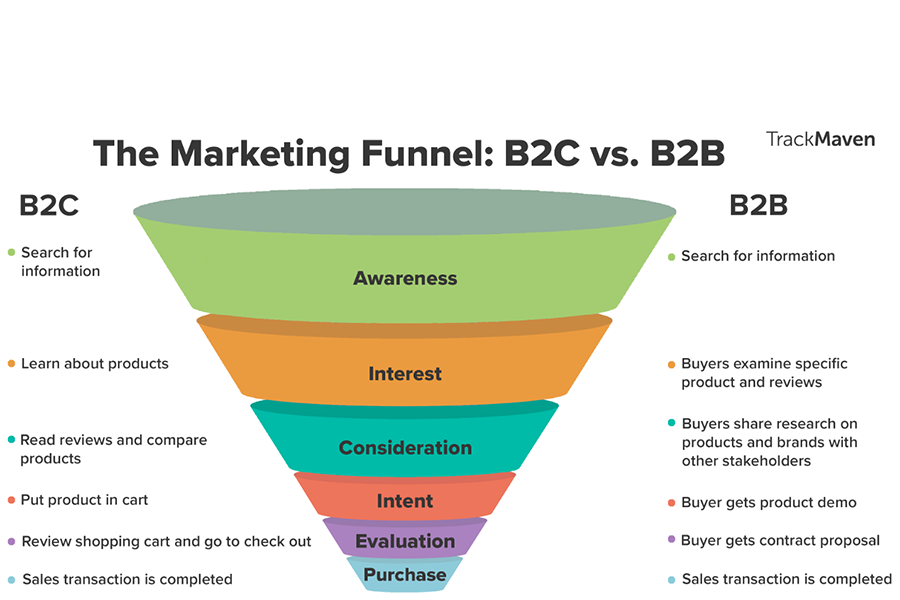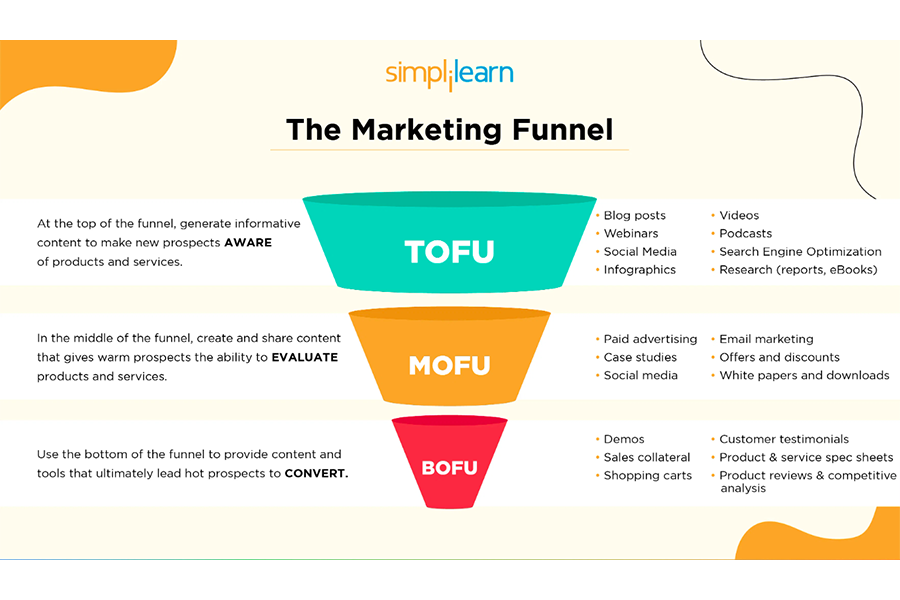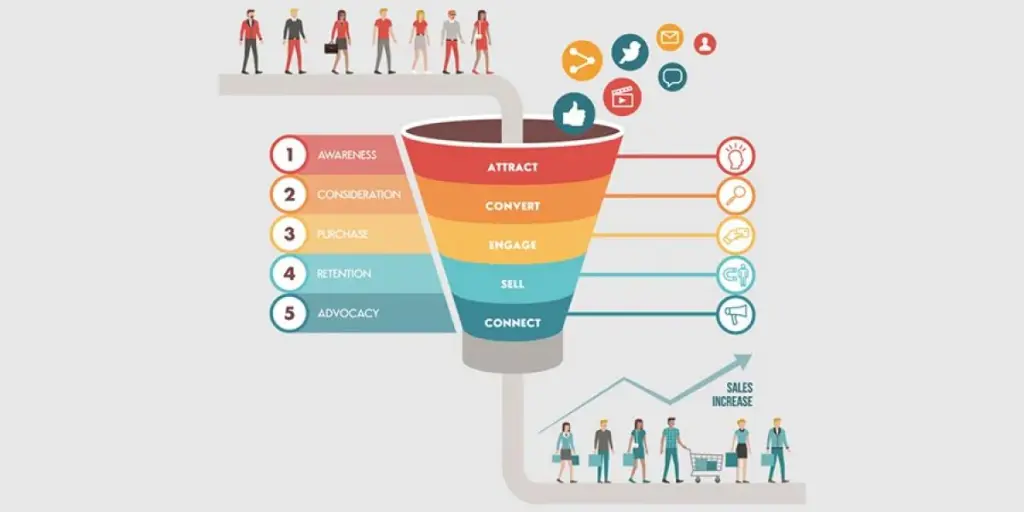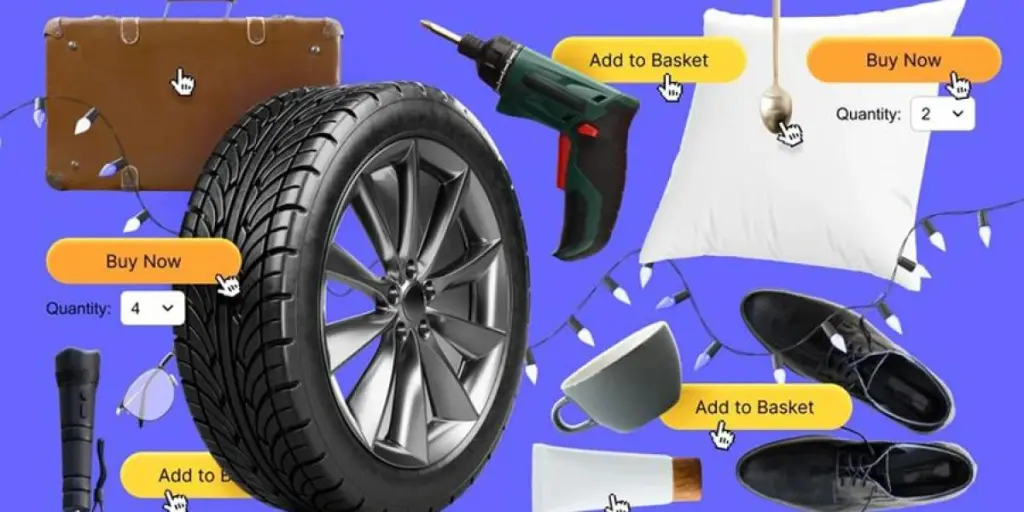Increasing the return on investment (ROI) is a key part of any business’s marketing goals. One of the best ways to do it is to implement a solid marketing strategy based on customers’ behavior and then adjust that strategy accordingly. For that, a business must first analyze how a consumer will behave, and thankfully this analysis has already been taken care of. This analysis is known by business people as a marketing funnel.
Table of Contents
What is a marketing funnel and why is it important?
TOFU, MOFU, and BOFU: Steps to an effective marketing funnel
Practical tips for using a marketing funnel in your business
Maximize your marketing funnel for a 3x ROI on Alibaba.com
What is a marketing funnel and why is it important?
Every businessperson has heard of a marketing funnel, or purchase or sales funnel, and for good reason. This visual representation, in the shape of a funnel, clearly introduces the core steps a store and its customers will go through from initial interest in a product to final purchase. It is a tried and tested way for store owners to understand their consumers’ behavior and so use this information to maximize their chances of making a sale.
By understanding what a consumer is likely to do next—check reviews or competitors, for example—, a store owner can take steps to display their product in the best light and close a sale. These steps can include creating an attractive landing page or informing the customer about promotions, among other marketing and sales techniques. The memorable appearance of a funnel also makes it easier for store owners to remember each step of the process.
Although the marketing funnel follows a pattern of consumer behavior, this can be seen with some variations:
- Awareness
- Interest
- Consideration
- Intent
- Evaluation
- Purchase
The steps within each part of the funnel can also vary depending on whether a business sells directly to the customer (B2C) or it sells wholesale to other businesses (B2B). So, depending on your business model, you should follow one of these two methods:
- B2C marketing funnel: Search for information, learn about products, read reviews and compare products, put products in cart, review shopping cart and go to check-out, and a sales transaction is completed.
- B2B marketing funnel: Search for information, buyers examine specific products and reviews, buyers share research on products with other stakeholders, buyers get a product demo, buyers get a contract proposal, and a sales transaction is completed.

TOFU, MOFU, and BOFU: Steps to an effective marketing funnel
As mentioned, marketing funnels can be seen with a few step variations, as analysts tweak them according to what works best for their industry or store type. Thus, to make this process more streamlined, a simple separation of the most important steps is provided here.
Top of the funnel (TOFU)
The top of the funnel, or TOFU, is where the consumers will first come into contact with the product offering and where they develop an awareness of your brand. Store owners can help expand awareness of their products by attracting customers and driving traffic to their storefront in the shape of web traffic or footfall. This can be done through a branded presence on social media, targeted digital advertising that establishes your brand’s unique selling points (USPs), and more.
Middle of the funnel (MOFU)
The middle of the funnel, or MOFU, is where the customer begins to take an interest and starts to consider the products on offer. By employing specific marketing campaigns, such as emails, product and offer updates, video marketing, and customer questionnaires, store owners can interact with their customers. Through this, they will learn what it is that interests their customers, which in turn will help drive their consideration when the store owner addresses these interests.
Bottom of the funnel (BOFU)
The bottom of the funnel, or BOFU, is where the customer sets an intent to buy, makes their final evaluations, and finally decides to make the purchase. By using more active marketing, including promotions, one-time-only offers, and calls to action (CTAs), as well as including positive reviews and feedback from past customers, store owners can help push positive product evaluations and finally convert them to purchases.

Once a store owner has employed all the sales and marketing techniques they can to maximize the potential of the marketing funnel, they should see an increased number of sales and stronger brand loyalty. This will mean increased revenue, both now and in the future. Following on from this, store owners should repeat the process to generate more sales and to remind their customers that there are more products available.
Practical tips for using a marketing funnel in your business
Marketing funnels can be used by businesses of different sizes, from small to medium enterprises (SMEs) to enterprises worth billions of dollars. By following a marketing funnel and adapting the business’s marketing strategy according to this consumer behavior, a store can easily 3x its ROI compared to doing nothing but waiting for sales to go through. Some practical tips for each step of the funnel are explained below:
TOFU
At the TOFU stage, marketing funnels can begin to increase a business’s revenue by expanding its reach to a wider target audience. Great strategies that businesses can employ during the TOFU stage of the funnel include creating shareable content on social media channels, paying for targeted ads that will use algorithms to reach potential buyers, writing blog posts, participating in podcasts, and more. On the physical side, businesses can also take to the streets to offer free samples—from perfume to food. This part of the funnel is ideal for creating awareness of a business or brand, but it is also the perfect opportunity to understand your ideal customer. Be sure to encourage people to join mailing lists with email addresses or take short quizzes on your products.
MOFU
In the MOFU stage, marketing funnels can help businesses plan out a linear strategy, thereby avoiding annoying potential customers with repetitive emails and ensuring that those interested parties are only receiving emails with relevant information to them. This is best achieved through an analysis of components such as questionnaires or mailing lists, which have been gathered during the TOFU stage. A great example of something a business can do in the MOFU stage of the funnel is to analyze the available data they have on their ideal customers and so offer the right products. For example, if a customer is looking for a kitchen product, the business should be making them aware of other compatible products in the hope to cross-sell or up-sell to them. This can be achieved through good in-house sales representatives or by clever algorithms that create pop-up suggestions of similar or compatible items on a site.
BOFU
Finally, marketing funnels can help with conversion during the BOFU stage. By following the simple funnel-like structure, business owners can clearly see what has been done, what results were achieved, which customers need the extra push in the form of a CTA or promotional offer, and more. By following the strategies developed through an analysis of the marketing funnel, business owners can dot out and follow the path to a 3x of their ROI. A great example of something a business can do in the BOFU stage of the funnel is to offer the customer a closing offer such as a discount or deal if they buy now.

Maximize your marketing funnel for a 3x ROI on Alibaba.com
For those store owners who source digitally on a global scale using e-commerce sites, there are various tools available to maximize the efficiency of a marketing funnel. E-commerce sites have a huge reach, both in terms of suppliers and audience, meaning a larger customer base, more ease to stock trending items quickly, and more flexible MOQs.
To maximize your business’s ROI and sales revenue with a marketing funnel now, start studying your business and your customers. Begin by attracting your customer, then hook their interest and intent, and finally convert your sales. Alongside this, be sure to make the most of all the help, tools, and reliable suppliers on the world’s largest e-commerce site, Alibaba.com.




